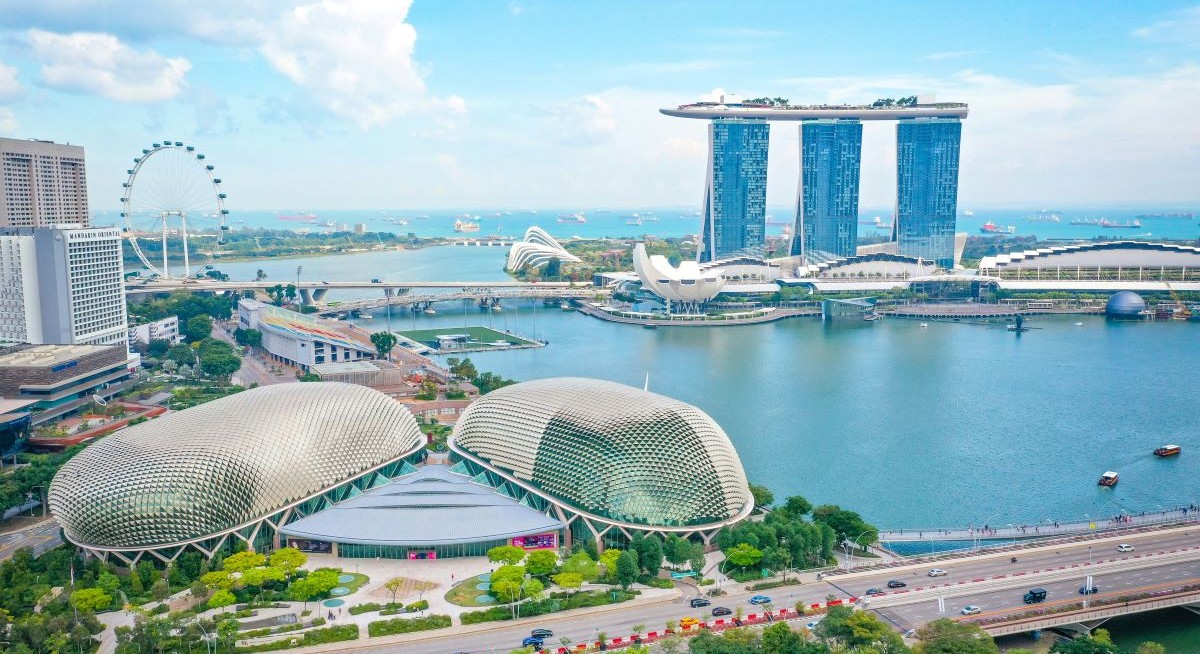How digital twins work
The successful application of digital twin technology relies on Internet of Things (IoT) devices, data integration, machine learning, and real-time monitoring. Through the utilisation of diverse data, including historical data and information from IoT sensors, digital twins can accurately depict physical objects and systems such as motor vehicles, factory equipment, entire assembly lines, and as mentioned earlier, whole cities.
Using machine learning and other AI technologies, the performance and behaviour of these virtual models can then be simulated online. In turn, analytics tools can be applied to derive insights critical for decision-making. For example, digital twins can show when a certain piece of factory equipment will break down, enabling decision-makers to conduct upkeep when necessary and reduce hours spent on routine maintenance.
Similarly, businesses can simulate a whole assembly line, production process, or supply chain to identify bottlenecks and make the necessary adjustments. Actual products, from household appliances to massive aeroplanes, can also be simulated, allowing engineering teams to identify design flaws or optimise performance without having to manufacture a life-sized model of the said product.
See also: Powering Asean’s AI ambitions
Challenges in implementing digital twins for businesses
However, organisations aiming to leverage this technology must overcome multiple obstacles: The absence of essential infrastructure like sensors and IoT devices, the quality and accuracy of collected data used for digital twin generation and updating, the cost of data collection, the scarcity of professionals possessing the expertise to effectively utilise digital twin technologies, and the ability to successfully extract insights from the digital twins.
Without the required infrastructure, organisations cannot guarantee the accuracy and currency of their digital twins, thus increasing the risk of decision-making errors. Merely possessing IoT infrastructure is just an initial step towards success, as data from various sources must be integrated to be useful.
See also: Balancing seamless travel with security and ethics in 2025
The question of technical expertise is also important as the successful implementation and management of digital twins call for expertise in data analytics, modelling, simulation, and IoT. Hiring or training skilled personnel can prove challenging for some organisations.
Meanwhile, data and analytics play a crucial role in unleashing the complete potential of digital twins. The true value of digital twin use cases lies in the ability of organisations to extract accurate insights and predictions from these systems. This necessitates the implementation of advanced analytics tools that enable effective data visualisation, predictive modelling, and self-service analytics.
Lastly, implementing and maintaining digital twins can be a costly endeavour, involving investments in hardware, software, data storage, analytics tools, and skilled personnel. Organisations must carefully consider the financial implications and potential return on investment.
The keys to overcoming barriers to digital twin use cases
Recent AI advancements, such as synthetic data generation and large language models (LLMs), have the potential to address some of the challenges in leveraging digital twin technologies.
Artificial data that emulates real-world data can assist in training, testing, and validating digital twin models, especially when obtaining sufficient real-world data is impractical. By generating synthetic data that is consistent, error-free, and representative of real-world data, organisations can enhance the quality and reliability of data used for digital twins and reduce the risk of inaccuracies or biases present in real-world data.
Furthermore, the generation of artificial data allows businesses to create diverse datasets encompassing a wide range of scenarios or conditions that may not be present in real-world data. This empowers organisations to conduct controlled experiments and simulate scenarios without imposing any risk or impact on real-world assets. Synthetic data generation and LLMs provide avenues for achieving these goals without relying on expensive data collection efforts.
To stay ahead of the latest tech trends, click here for DigitalEdge Section
A giant leap towards Singapore's future
Digital twins are crucial for Singapore's smart nation aspirations as it presents both an opportunity for the manufacturing sector to innovate, as well as the means for the government to implement smart city projects better. Whether it is through preventive maintenance, better product design, or optimised assembly lines and supply chains, manufacturers are equipped to make smarter decisions and address production issues faster.
In addition, urban planners can better identify where smart city technologies can have the greatest impact through real-time monitoring of metrics such as energy consumption, and traffic volume, as well as making better predictions based on how various systems will perform in the future. Simulating entire infrastructure projects from start to finish will enable planners to avoid costly implementation errors and keep the adverse impact on people and the urban landscape to a minimum.
Through its multiple impacts on one of the most important economic sectors of the country, as well as the country's urban landscape, digital twin technologies comprise a stepping stone towards the future of Singapore.
Deepak Ramanathan is the vice president of Global Technology Practice at SAS




